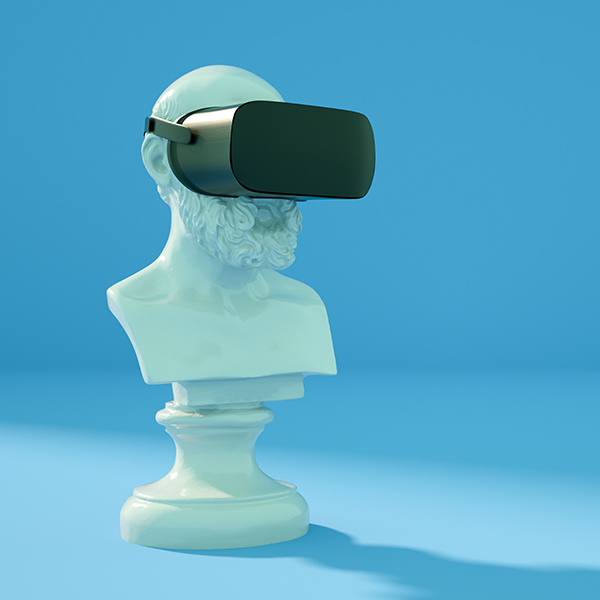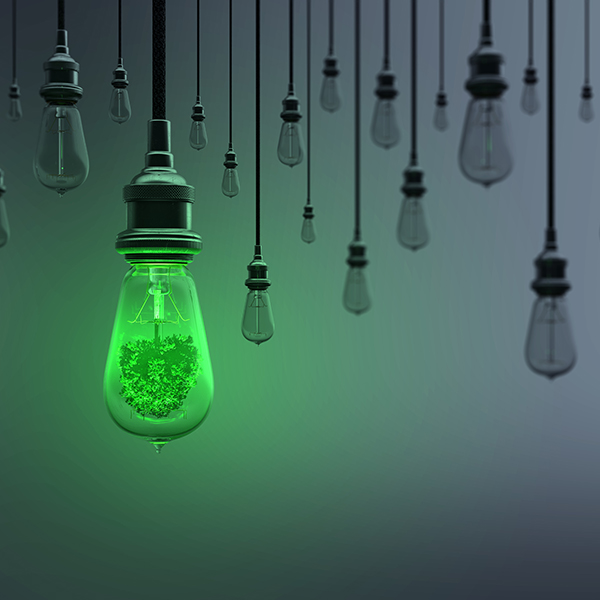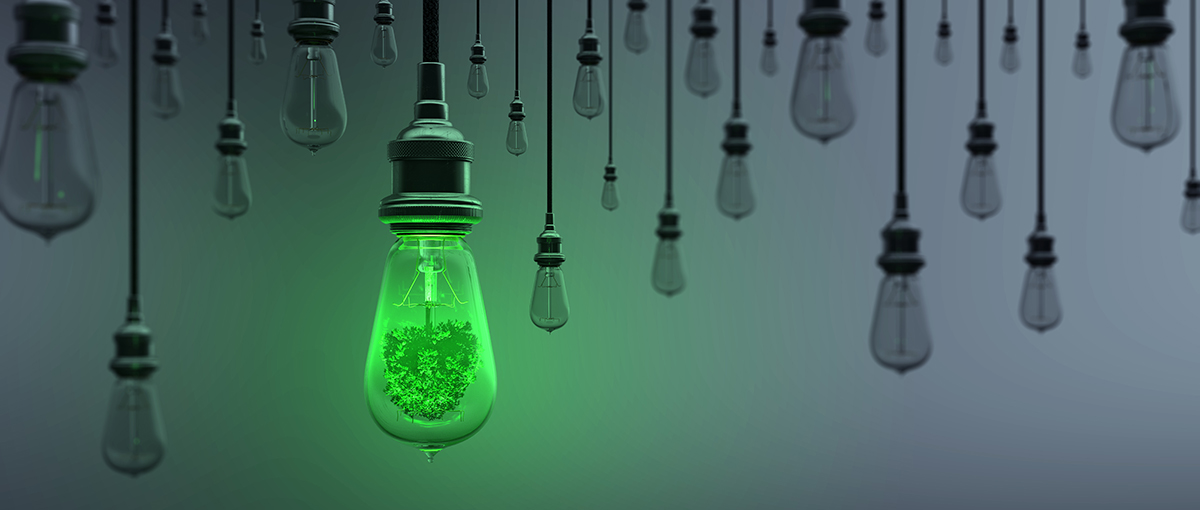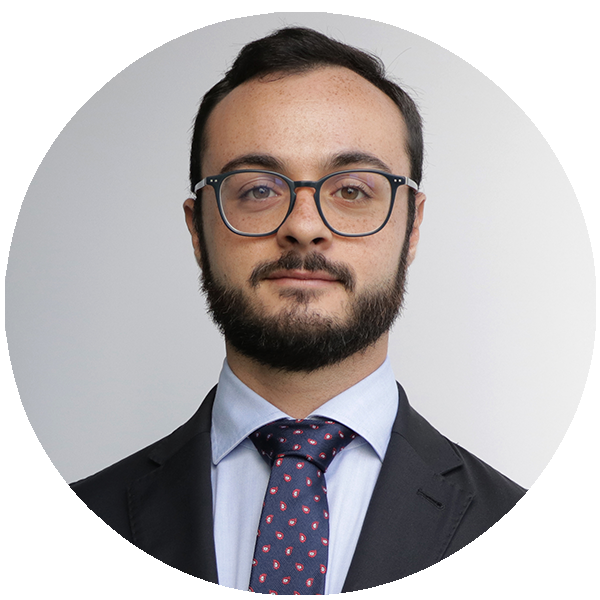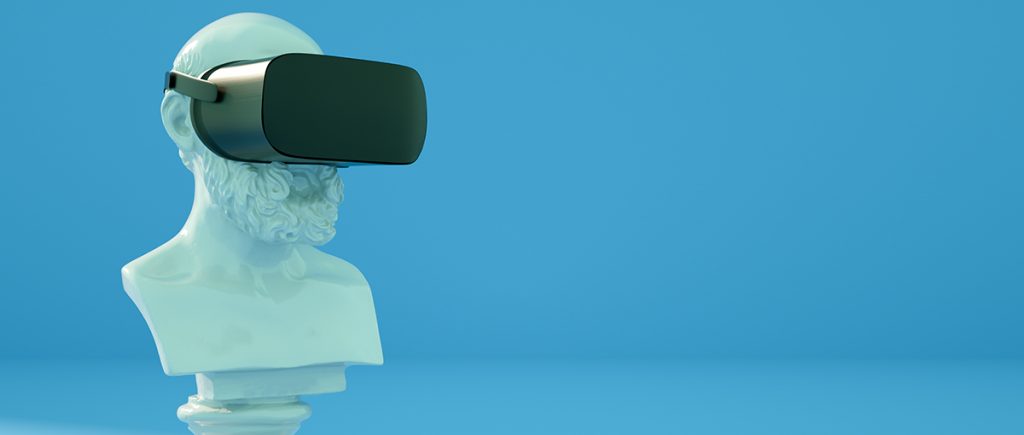
The multidisciplinary approach to enhancing cultural assets, combining knowledge of cultural and architectural assets with managerial skills applied to the specific context, may represent a strategic key to the country’s economic recovery.
Deborah Agostino, Associate Professor in Accounting Finance and Control and Director of the Digital Innovation in Heritage & Culture Observatory, School of Management, Politecnico di Milano.
Stefano della Torre, Full Professor of Restoration at the Politecnico di Milano and Head of the Master in Management of Cultural Heritage and Institutions – MIP Graduate School of Business, Politecnico di Milano
The current pandemic has brought to the fore the importance of adopting a multidisciplinary approach to enhancing cultural assets, based on a combination of humanistic, technical and scientific skills.
Cultural assets are in themselves multidisciplinary, in terms of the diverse ways in which they can produce benefits for local development and their resilience in the face of major crises. Over the last few years, the spotlight has often been placed on the importance of understanding the complexity of cultural assets with regard to their enhancement, involving areas as diverse as archaeology, architecture, chemistry, mathematics, materials science, design and management.
With the physical closure of Italian cultural sites, following the legislative decrees issued with a view to containing the Covid-19 pandemic, further attention has been drawn to the importance of creating synergy between different professional figures to enhance cultural assets, also – and, indeed, above all – in times of crisis. At this historical time, digital innovation, and the ability to exploit the digital channel, is the guiding thread connecting various disciplines. The cultural experience has temporarily shifted from the physical to the digital: on-site visits have turned into virtual tours, school visits into online activities, shows and events into live streams. In most cases, these services are not delivered in a structured manner by a team of professionals. On the contrary, a last-minute, emergency-driven approach has often been adopted, paid for with delays on several fronts. The School of Management has monitored the types of digital content proposed and the resources dedicated to it. While results, in terms of online participation in events, have on average been high (online participation doubled during lockdown, compared to the same period last year), the same cannot be said for the skills and resources involved. The findings of the School of Management’s Digital Innovation in Heritage & Culture Observatory show that, in Italy, one out of two museums employs professionals with specific digital skills. Of these, only 6% have a dedicated team comprising a digital manager and a set of specialised professionals.
While the approach used in the first lockdown involved producing digital cultural content using the resources available, it is now time to reflect in a more structured manner on the medium- to long-term sustainability of this business model, as further proven by closures and revenue loss. This means considering at least three aspects:
- The type of digital cultural content, which cannot be a mere transformation into the digital realm of the activities designed for on-site use. Instead, we need to develop “native digital” offerings;
- The revenue mechanisms associated with the new digital cultural offering. The digital content emerging from the first lockdown was free, but this does not contribute to the financial sustainability of museums;
- The professional skills required to develop the project, which must inevitably combine cultural and heritage skills with managerial, technological and experience design competences.
In this regard, the School of Management takes an active role in boosting the digital innovation of cultural institutions through both research and training.
From a research perspective, its projects analyse new sustainable business models, the digital transformation approaches implemented, and the impact generated by innovation. For example, in terms of new business models, we are mapping fully digital offerings and their cost and revenue mechanisms. Early results show some difficulty in identifying a value proposition capable of highlighting the value of enjoying culture in digital form; in other words, while visitors may be willing to pay a ticket to visit a site, they are not prepared to do so for a digital activity. The research is in its early phase, but it will continue by mapping the models adopted nationally and internationally also in related sectors, in order to contribute to the definition of a possible “phygital approach” capable of combining the “physical” nature of cultural assets with the value added by a digital experience.
From a training perspective, it is now more necessary than ever before to train multidisciplinary professionals having two key cross-cutting competencies: soft skills, and the ability to understand different languages within the cultural heritage world; and digital innovation, in terms of designing experiences and of conservation techniques and new digital languages. In this context, with the Master in Management of Cultural Heritage and Institutions – unique in its kind, in Italy, for combining the technical skills of architecture, management and design in a single programme – the School of Management has set itself the ambitious goal of training executive figures capable of exploiting and steering the great changes underway in the cultural heritage world, combining an in-depth knowledge of cultural and architectural assets with managerial skills applied to the specific context.
This was done by means of an application approach that makes it possible to “experiment”, in the actual context, with the complexity of managing and enhancing an asset, favouring the dialogue between “theory” and “practice”, between universities and cultural institutions, and between different professionals.
This is an ambitious challenge we have set ourselves, but one that we believe, today more than ever, will represent an added value for the cultural heritage world and form part of our country’s economic recovery programme.
